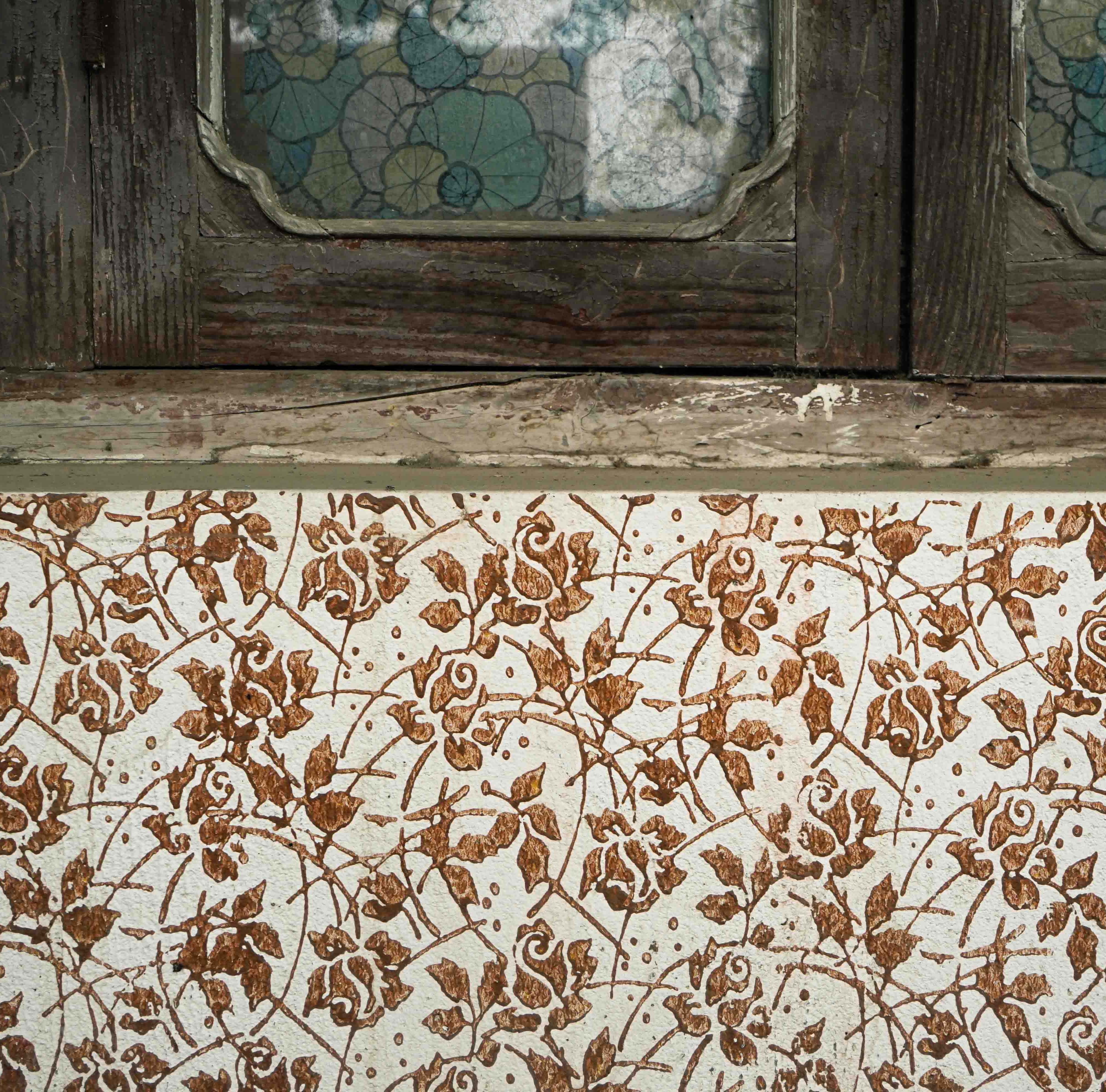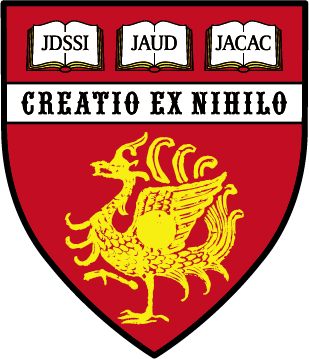Introduction
During the Ming and Qing dynasties, Guangzhou, a port city located in the core of Lingnan, entered its most prosperous period in history with the development of foreign trade, and was once known as the "Southern Treasury of the Emperor". In a strong atmosphere of material and cultural exchange between China and foreign countries, regional styles with local names emerged in fields such as architecture, landscaping, ceramics, furniture, and clothing. Among them, “Guang-zuo”(广作)Furniture originated in the late Ming Dynasty, flourished during the Kangxi, Yongzheng, and Qianlong periods, and has been passed down to this day, including four categories: Ming style, Qing court style, Western style, and Cantonese style. In the late Ming Dynasty, most “Guang-zuo”(广作)furniture imitated the “Soochow style”(苏式, Soochow为苏州). During the early to mid-Qing Dynasty, Guang Zou furniture was primarily based on imperial court designs, characterized by opulence, grandeur, and magnificent presence. The export-oriented “Western-style” furniture produced in Guangzhou was designed according to European demands, integrating traditional Chinese elements with Baroque and Rococo styles. The "Cantonese style" furniture that flourished in the late Qing Dynasty and early Republic of China was a more mature style that incorporated various forms, intricate decorations, and exquisite freshness, showcasing the characteristics of Cantonese culture [[i]].
Current research on “Cantonese style” furniture mainly focuses on aspects such as styling, decoration, and overall style, with relatively little research on its construction. In terms of what is denoted, construction is the sublimation of structure. Construction is a connected art that encompasses the meaning of technology; therefore, construction refers not only to the combination of components... "[[ii]]. From the perspective of construction, artificial objects provide greater space for design research, both from a technical perspective and a social perspective. The construction of furniture includes two levels: functional organization and component connection. Due to changes in conditions, “Cantonese style” furniture has its own characteristics in functional organization and component connection. This article is based on the "Research on Cantonese style furniture" project jointly conducted by the Guangzhou Academy of Fine Arts and the Guangzhou Intangible Cultural Heritage Protection Center [[iii]]. Social and historical investigation, historical materials and image analysis, interviews with inheritors, 3D scanning, digital reconstruction, and disassembly [[iv]] are used to study the structural changes and objectives of “Cantonese style” furniture by combining elements such as functionality, form, materials, and craftsmanship.
Social factors influencing the development of “Cantonese style” furniture
The formation, development, and prosperity of “Cantonese style” furniture were all driven by specific temporal and spatial conditions. Specifically, the export of furniture in foreign trade, the procurement and production of furniture in the palace, and the consumption and use of local social classes were the main factors.
One Port Trade and Furniture Export
During the Qing Dynasty, Guangzhou served as a “window” to the outside world. In the 22nd year of the Qianlong reign, the Qing government restricted trade to only Guangzhou, giving it an exclusive advantage in foreign trade.Among the commodities exported in large quantities, furniture was a significant item. The two picture books, "Guangdong Wuchang Sour Branch Furniture" and "Guangdong Wanquan Sour Branch Furniture"(《广东五常酸枝家私》和《广东万全酸枝家 私》), passed down from the late Qing Dynasty, show the export situation of furniture at that time. The names "Wuchang"(五常) and "Wanquan" (万全)in the two picture books are respectively the names of two commercial firms. The interior pages mainly depict furniture styles, each with detailed size numbers. The cover and inner pages of the album are in both Chinese and English, and the dimensions are also marked in English, clearly for overseas customers to view and customize. Two picture books were printed, distributed, or used by foreign firms acting as agents, depicting nearly a thousand furniture styles together, demonstrating the prosperous export of furniture in the late Qing Dynasty and indirectly reflecting the flourishing of the design and production industry in Guangzhou driven by overseas demand.
Procurement and Manufacturing Office of the Palace
From the prescript "Referring to the system of the Han people and incorporating the traditions of the Jin people as appropriate"(参汉酌金)to the postscript "The Qing Dynasty inherited the system of the Ming Dynasty"(清承明绪[5]), the early rulers of the Qing Dynasty adopted a two-way cultural policy of mutual gathering and also maintained a relatively open attitude towards material culture. Therefore, the use of objects and creations in the Qing court also reflected the mutual integration of grassland culture, Han culture, and even Western culture [6]. “Cantonese style” furniture with a Western court style was highly admired by the court, and the elaborate and luxurious characteristics of “Cantonese style” furniture matched its psychology and aesthetics. In the first year of the Qianlong reign, the Ministry of Internal Affairs officially established the "Guangmuzuo"(广木作)office and the Qing court recruited Guangdong carpenters to work in the palace. At the same time, the palace also arranged for local officials in Guangdong to customize furniture through procurement. Under the parallel development of procurement and manufacturing, Guangzhou became an important source of palace furniture, and its design and production scale and level developed accordingly.
Consumption and usage of local social classes
The prosperous industry and commerce accumulated a large amount of wealth for the local area, and the local consumer demand also created the prosperity of “Cantonese style” furniture. The merchant class, who participated in foreign trade activities and had strong economic strength, was the leader of the new trend, especially the Thirteen Factories merchants with official and commercial status. They not only showcased their wealth and extravagance in building mansions and gardens, but also recruited skilled craftsmen who spared no expense in manufacturing furniture for display and use. By the end of the Qing Dynasty and the beginning of the Republic of China, the use of sourwood furniture was very common among the people in Guangzhou. Generally, well-off households had sourwood furniture, and public places such as guilds and ancestral halls often had complete sets of furnishings, with no less than ten pieces per set. The most popular "public chair"(公座椅), which was improved from the Grand Tutor's Chair and the Official Hat Chair, reflected the popularization of “Cantonese style” furniture. From urban to rural areas, from wealthy merchants to commoners, the consumption and use of various social classes in the local area further promoted the prosperity of “Cantonese style” furniture.
Lifestyle, new varieties, and overall new structures
The lifestyle change is one of the manifestations of the spread of Western influences to the East (西风东渐). During the late Qing Dynasty, Guangzhou, as an important region for transportation between China and foreign countries, underwent new changes in its daily lifestyle under the influence of the official and business classes. New concepts and behaviors led to the emergence of new varieties of furniture. According to incomplete statistics by the author, the new varieties included at least: (1) bed type: half bed, Western-style bed;(2)cabinets: arch style Bo Gu cabinets, wardrobes, and wardrobes; (3)several types of tables: connected tables, stacked tables, round table, independent table, writing table; (4)chair and stool categories: armchair, sofa swivel chair, bench, public chair, X-shaped chair, lounge chair; other items such as dressing tables and dressing mirrors were gradually appearing. The new furniture variety had a completely new overall structure. Here are just a few examples to observe its new construction:
Round dining table. Due to the traditional concept of representing “heaven with a round sky and a square earth”(天圆地方), tables before the Qing Dynasty were all square, and circular dining tables originated from Western-style furniture. After Emperor Yongzheng ordered the design of the "Fan Hua Du Ting Round Table"(番花独挺圆面桌), the round table that was endowed with the meaning of reunion was called the trendy table system, which has continued to this day [5]. After being transformed by Guangdong craftsmen, it has also become a typical structure of “Cantonese style” furniture.

[i] Cai Yi'an: "Qing Dynasty Guangshi Furniture" [M]. Shanghai: Century Publishing Group, 2001. Pages 49-76.
蔡易安:《清代广式家具》[M].上海:世纪出版集团,2001.第49-76页.
[ii] Kenneth Frampton: "Research on Constructive Culture" [M]. Beijing: China Architecture&Building Press, 2012. Page 4
[美]肯尼斯·弗兰姆普顿:《建构文化研究》[M].北京:中国建筑工业出版社,2012.第4页.
[iii] The project was completed in stages according to the plan. In the first phase, 16 classic style furniture pieces were selected and analyzed, some of which were from the Qing Dynasty and the Republic of China, and some were made by contemporary inheritors. The first criterion for selection was to reflect the unique lifestyle concepts and ways of life in the Guangfu region; secondly, it had continuity in function, form, decoration, construction, and craftsmanship, reflecting the inheritance and development of Cantonese furniture.
[iv] Digital reconstruction and disassembly have played a crucial role in furniture construction research as a new approach. The analysis of the internal structure originally required physical disassembly for observation and recording, but it is difficult to execute in practical work because: on the one hand, most of the Cantonese style furniture passed down from the Qing Dynasty to the Republic of China has become cultural relics or collections, and disassembly can cause irreparable damage; on the other hand, in the modern furniture production process, craftsmen began to use adhesives such as fish glue on the basis of mortise and tenon joints to enhance the stability of furniture. After using adhesives, hardwood furniture is actually non-removable. Therefore, using 3D scanning and reconstructing the details of the connection structure in software to achieve digital disassembly, combined with authoritative inheritors' oral and literature materials, has become a more suitable method.
Activities

-
Forum Information | Hong Kong・2025:Internatio......
2025-08-15
1683
-
About the Forum volunteers | Hong Kong・2025:I......
2025-07-21
1052
-
Forum Information | Hong Kong・2025:Internatio......
2024-12-24
5101
-
Forum Information | Hong Kong・2024:Internatio......
2024-09-01
5358
-
About the Forum volunteers | Hong Kong・2024:I......
2024-06-20
1867

More
Journals Information


Email: mspl-editor@michelangelo-scholar.com; m.scholar2023@gmail.com
Tel: +852-66761250
WHATSAPP:+60 11-2370 2845
Office Address: ROOM A-2, 3/F, WING TAT COMMERCIAL BUILDING, 121-125 WING LOK STREET, SHEUNG WAN, HK



